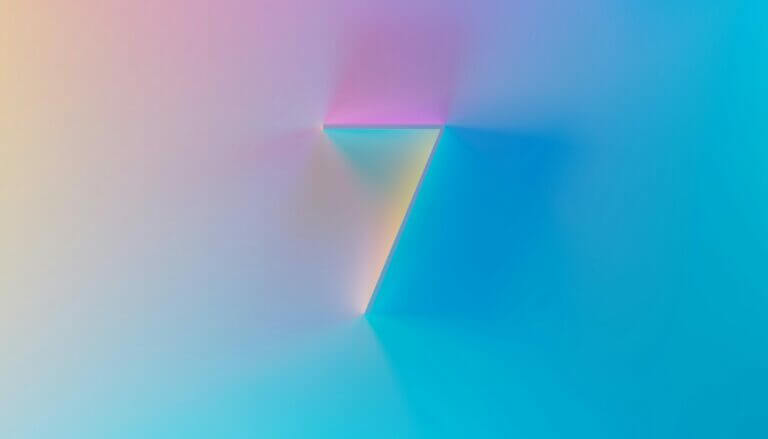Here’s a list of colors, what they symbolize, and types of companies they’d be good for. And, don’t forget to scroll all the way down for an easy-to-share infographic!
Red
- Excitement
- Energy
- Passion
- Hunger
- Intensity
Great for: Restaurants, Jewelry, Matchmakers, Architects, Interior Designers
Pink
- Love
- Romance
- Tenderness
- Caring
- Acceptance
Great for: Jewelry, Elderly Care, Child Care, Matchmakers
Orange
- Energy
- Balance
- Warmth
- Vibrance
- Enthusiasm
Great for: Gyms, Food, Health Stores, Home Accessories
Yellow
- Joy
- Happiness
- Optimism
- Hope
- Friendship
Great for: Restaurants, Fashion, Churches, Gathering Places
Beige/Ivory
- Quiet
- Calm
- Serenity
- Simplicity
- Uniformity
Great for: Spas, Furniture, Fashion, Architects, Interior Designers
Brown
- Earth
- Stability
- Home
- Comfort
- Simplicity
Great for: Home Stores, Furniture, Landscapers, Architects, Builders, Interior Designers
Green
- Nature
- Healthy
- Renewal
- Generosity
- Youth
Great for: Landscapers, Health Food Stores, Healthy Restaurants, Recycling Companies
Turquoise/Teal
- Calm
- Sophistication
- Harmony
- Water
- Femininity
Great for: Salons, Spas, Jewelry, Fashion, Accessories, Interior Designers
Blue
- Peace
- Tranquility
- Trust
- Cleanliness
- Confidence
Great for: Salons, Spas, Architects, Interior Designers
Purple/Lavender
- Royalty
- Spirituality
- Honor
- Elegance
- Grace
Great for: Fashion, Jewelry, Interior Design
Gray/Silver
- Reliability
- Modesty
- Dignity
- Practical
- Calm
Great for: Elderly Care, Spas, Fashion
Black
- Power
- Sophistication
- Elegance
- Wealth
- Formality
Great for: Fashion, Accountants, Jewelry
White
- Purity
- Simplicity
- Cleanliness
- Innocence
- Coolness
Great for: Salons, Spas, Fashion
Share this Image On Your Site
Do you have any other recommendations? What are your thoughts?
Frequently Asked Questions
What does a company’s color say about a brand?
A company color communicates the emotional and psychological values of a brand. For example, red can evoke passion and excitement, while blue suggests trust and reliability. Choosing the right company color helps establish brand identity and connect with your target audience.
How do I choose the right company color?
When selecting a company color, consider the emotions you want to evoke, your industry norms, and your target audience. Use color psychology to guide your decision—for instance, green is great for eco-friendly brands, while black is ideal for luxury and sophistication.
Can a company’s color influence customer behavior?
Yes, your company color can significantly impact how customers perceive and interact with your brand. Warm tones like orange and red can trigger excitement and appetite, making them perfect for restaurants, while cool tones like blue and teal promote calm and trust.
Should my company’s color be based on industry standards?
While it’s smart to consider industry trends, your company color should ultimately reflect your unique brand values. For example, while many spas use calming blues or ivories, a vibrant teal might help you stand out while still aligning with feelings of tranquility and sophistication.
Can I use more than one company color?
Absolutely. Many brands use a primary company color with secondary accents to create visual interest and hierarchy. For example, using blue for trust and orange for call-to-action buttons can balance calm with energy in your brand messaging.
How often should I update my company color?
Your company color should stay consistent to maintain brand recognition, but subtle updates may be needed over time for modernization. If your company is undergoing rebranding or expanding to new markets, re-evaluating your color palette could be beneficial.
What are examples of effective company color choices?
Brands like Coca-Cola (red for excitement), Starbucks (green for nature and growth), and Tiffany u0026amp; Co. (turquoise for sophistication) are excellent examples of how a company color can reinforce brand identity and values.



